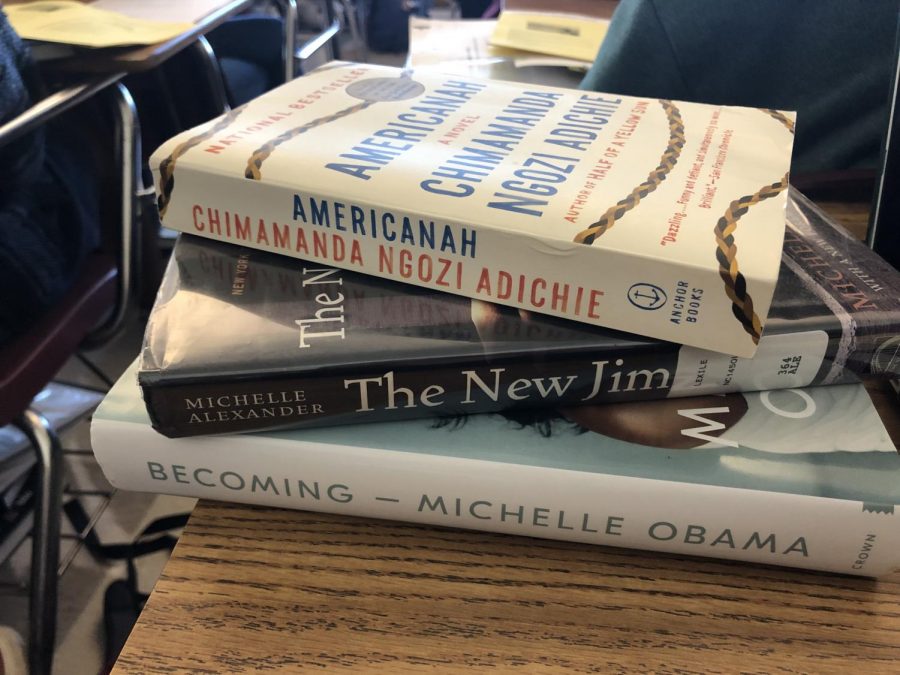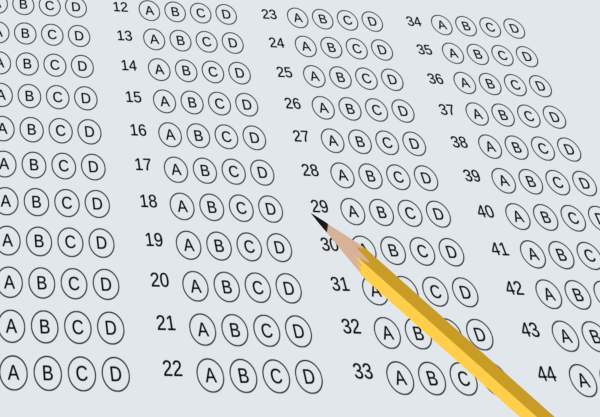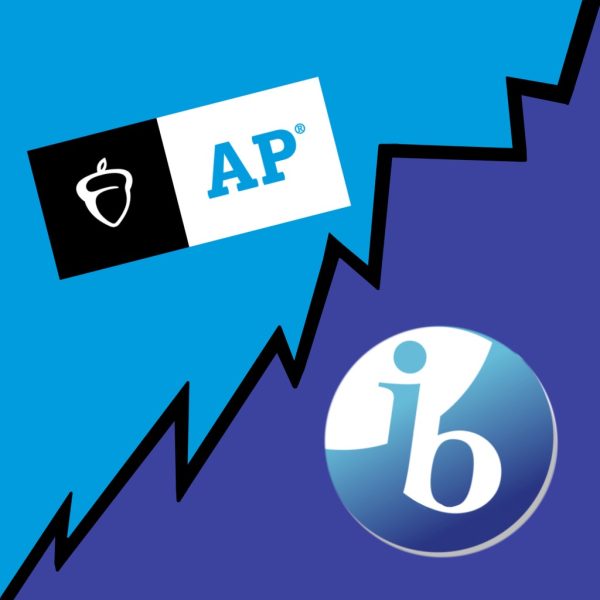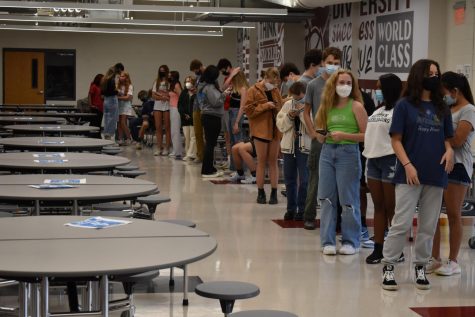Representation long overdue in Grady literature curriculum
STACK THEM UP: Grady literature curriculum currently leaves most diverse books for supplemental reading while the required curriculum remains largely untouched.
Reading has been important to education throughout history. Books transport students to places and times, real and imagined, as well as teach students how to think and grow their vocabulary. However, for many students, the plots and authors of the books students are required to read at Grady do not represent the students reading them.
Out of the seven books required in the freshman and sophomore literature curriculum, none are written by women and only two are by a person of color. This is problematic for a high school that prides itself on its students’ differences. After all, Grady’s motto is “individually we are different; together we are Grady.” This mantra does not just describe sheer demographics, but also students’ openess to exploring diversity through participation in various clubs that promote cultural inclusion like the Muslim Student Association and Gay Straight Alliance. By including more books written by authors from different backgrounds, the literature curriculum will live up to this school wide motto.
Unfortunately, this doesn’t get much better for upperclassmen. As students work their way through junior and senior years, they may read at least one book written by a woman or a person of color, but the extent of that inclusion largely depends on the student’s educational track. Many Advanced Placement students have more opportunities to diversify the books they read through inclusive summer reading lists and significantly more supplemental reading. For the majority of students, the literature curriculum continues to be dominated by books written by white males, leaving most students without the benefit of diversity of thought.
It is important to account for all perspectives in the books students read. Studies have shown that students benefit from learning from a teacher who looks like them or has a similar ethnic background as them. The same thing applies with books they read. If a student can relate to the plot, characters or the author’s perspective, they will be more likely to become engaged with the story.
We live in a society full of technology, and students are becoming less likely to crack open a book and read. A study conducted by Dr. Martin L. Kutscher, a pediatric neurologist, found that reading online not only makes the reader more susceptible to distractions, but it also makes them less likely to pay attention to detail. A possible way to remedy this problem is to foster a more diverse, inclusive literature curriculum. After all, it only takes finding that one book to hook someone on reading.
There are many possible explanations for this disparity. Books written by men, especially European white men, have often been considered classics, while books written by women and people of color have been marginalized. In the current curriculum, students read multiple plays by William Shakespeare but never a play by a notable female playwright like Lorraine Hansberry, famous for her play “A Raisin in the Sun.”
Replacing a play by Shakespeare with a play by a female or person of color playwright would be a breath of fresh air. He is a world-renowned playwright and poet, the embodiment of a classic. However, female authors have also written books that have been considered classics, like “Wuthering Heights” by Emily Brontë or “Song of Solomon” by African American Toni Morrison, and people of color have written classics like “The Count of Monte Cristo” by Alexandre Dumas or “The Souls of Black Folk” by W.E.B. Du Bois. The school curriculum, therefore, ought to recognize and include more classics and contemporary novels written by women and people of color.
There has been another misconception that there are more books written by men that perfectly align with the curriculum than books by women. That’s just false. For instance, in 10th grade World Literature, students read “Things Fall Apart” by male author Chinua Achebe, a beautiful novel that describes how life in a village in Nigeria changed after the arrival of British colonizers. This book tells the story of African colonization, but there is another book students should read that also discusses life in Nigeria: “Half of a Yellow Sun” by Chimamanda Ngozi Adichie.
This book tells the story of the Biafran War in Nigeria from the distinct perspective of three characters. It, too, tells a portion of the history of Nigeria, and it’s written by a woman of color. Including books written by women in the curriculum won’t take away the lessons that the current books by men are teaching. If anything, they will add to it by offering a different take on the historic or modern situation. Authors like Amy Tan, Laura Esquivel, Alice Walker, and Zora Neale Hurston each have valuable perspectives that ought to be shared and discussed.
It is long overdue that the Grady literature department reevaluates the curriculum and encourage more diversity in the books they require students to read. By including more representation on the page, Grady will take a step forward when it comes to cultural inclusion as a whole. This change in curriculum would encourage more reading through books that mirror students’ experiences as well as teach students how to understand stories different from their own.

Dana is a senior who loves using her voice to tell other people's stories as well as share her own views. She really enjoys writing for the Southerner...












